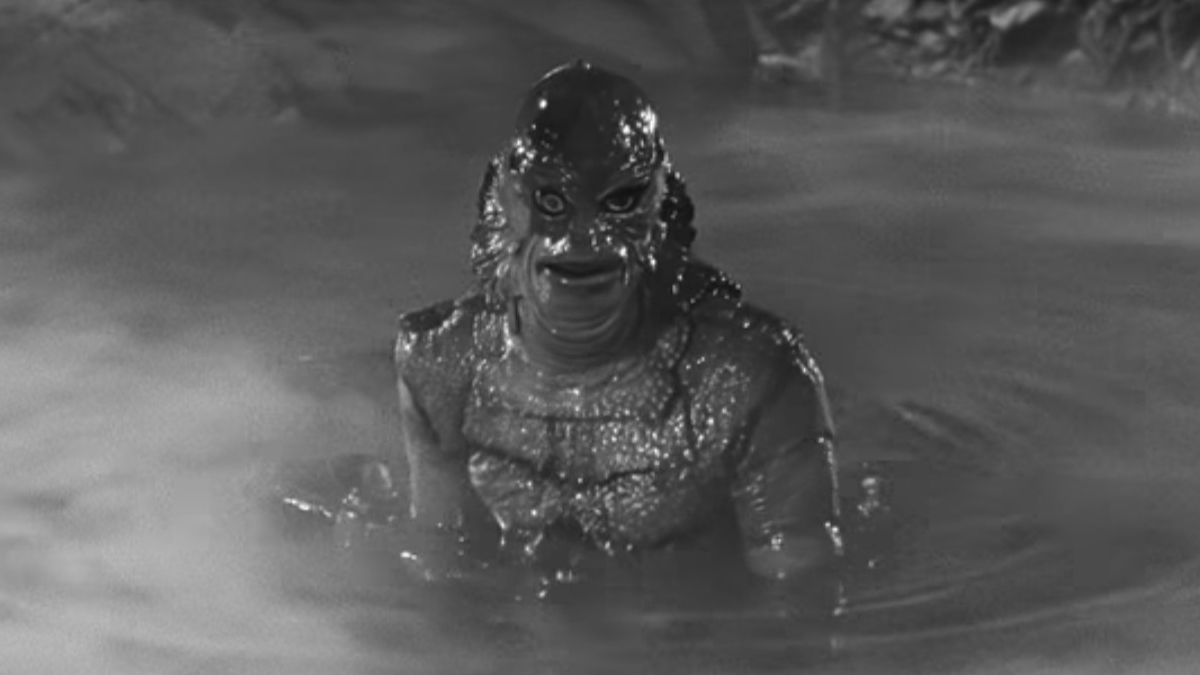
Even during the parochial Hays Code and Hollywood blacklisting over supposed alleged communist connections, cinema brimmed with multi-dimensional onscreen characters all throughout the 1950s. But which of them are actually the greatest of all time?
In the fallout of World War II, cinema thrived as both an artform and a business, with Hollywood movies ruled by the sway of movie stars and foreign cinema emerging as an enriching alternative. Even when the movies themselves were literally in black and white, characters of ‘50s cinema were colorful, conveying the wide spectrum of humanity – the good, the bad, and the shades between.
From shady noir figures to B-movie monsters to aging Western gunslingers to misfit children, these are the characters who defined movies in the 1950s.
32. Nancy Archer (Attack of the 50 Foot Woman)

Hell hath no fury like a giant woman scorned. In the classic indie horror Attack of the 50 Foot Woman, directed by Nathan Hertz, beautiful heiress Nancy Archer (played by Allison Haynes) is floundering in a loveless marriage to a cheating husband when she encounters a space alien who mysteriously gives her the power to grow to an enormous size. While on its surface Attack of the 50 Foot Woman is a quintessential B-grade pulp sci-fi horror, the underlying notion of a wounded woman like Nancy asserting her dominance is simply too big to ignore.
31. Minoru and Isamu (Good Morning)
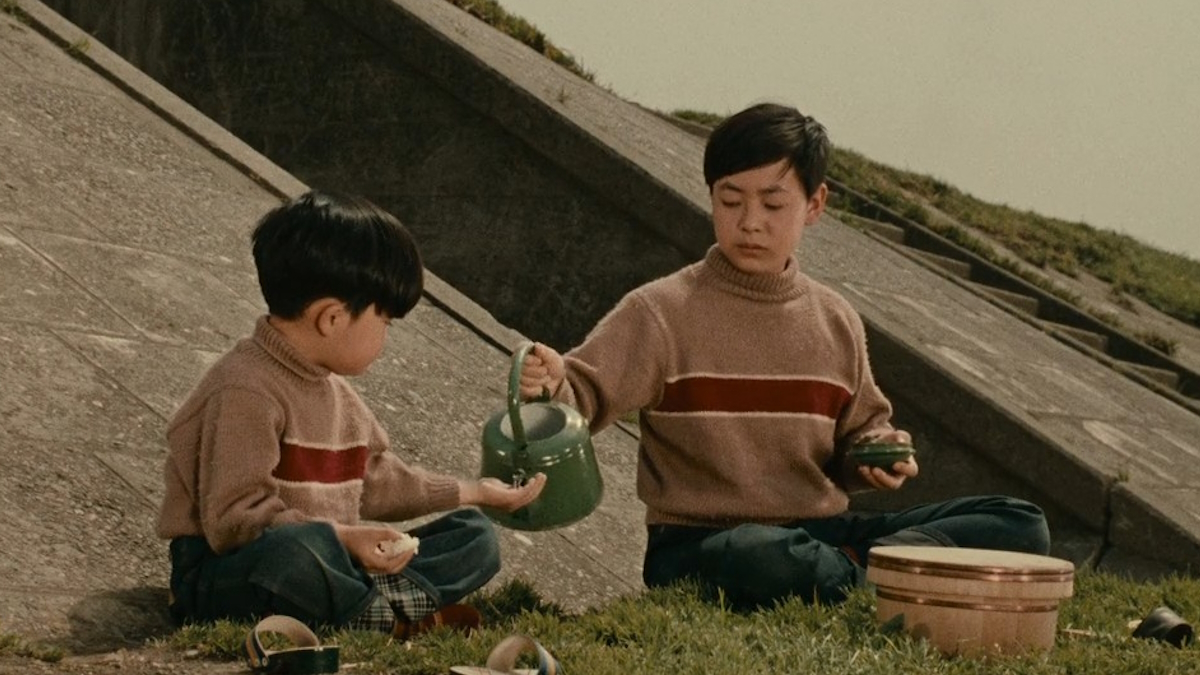
In the economic boom of postwar Japan, director Yasujiro Ozu’s Good Morning found humor and whimsy amid his home country’s rapid Western-influenced modernization. In contemporary Japan, two young brothers named Minoru and Isamu (Shitara Koji and Masahiko Shimazu respectively) enter a “silent strike” to force their parents to buy a television set. Adorable as the boys are, they anchor Ozu’s midcentury film with timeless perspective, exploring an imminent reality underscored by consumerism, screen addictions, defining personhood through media consumption – and fart jokes.
30. Bruno Antony (Strangers on a Train)
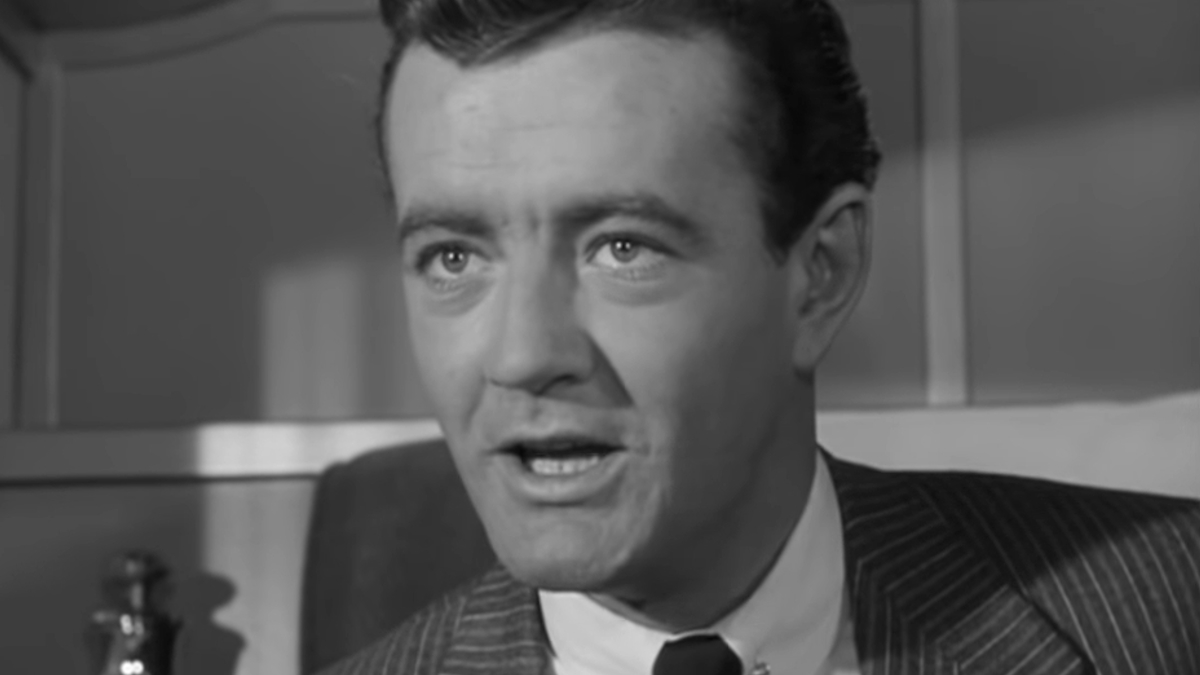
You never really know who you might meet on a train. In Alfred Hitchcock’s lethal film noir Strangers on a Train, Robert Walker plays the snake-like Bruno Antony, a smooth-talking stranger who proposes to a passenger, Guy Haines (Farley Granger) they carry out each other’s dream murder, with the lack of any traceable connection creating the perfect crime. That Bruno honors the “agreement” and relentlessly pursues Guy to carry his end of a deal they never actually made makes Bruno one of the most spine-chilling characters in Hitchock’s film canon, a villain who comes from out of the shadows wearing nothing but a smile.
29. Ethan Edwards (The Searchers)
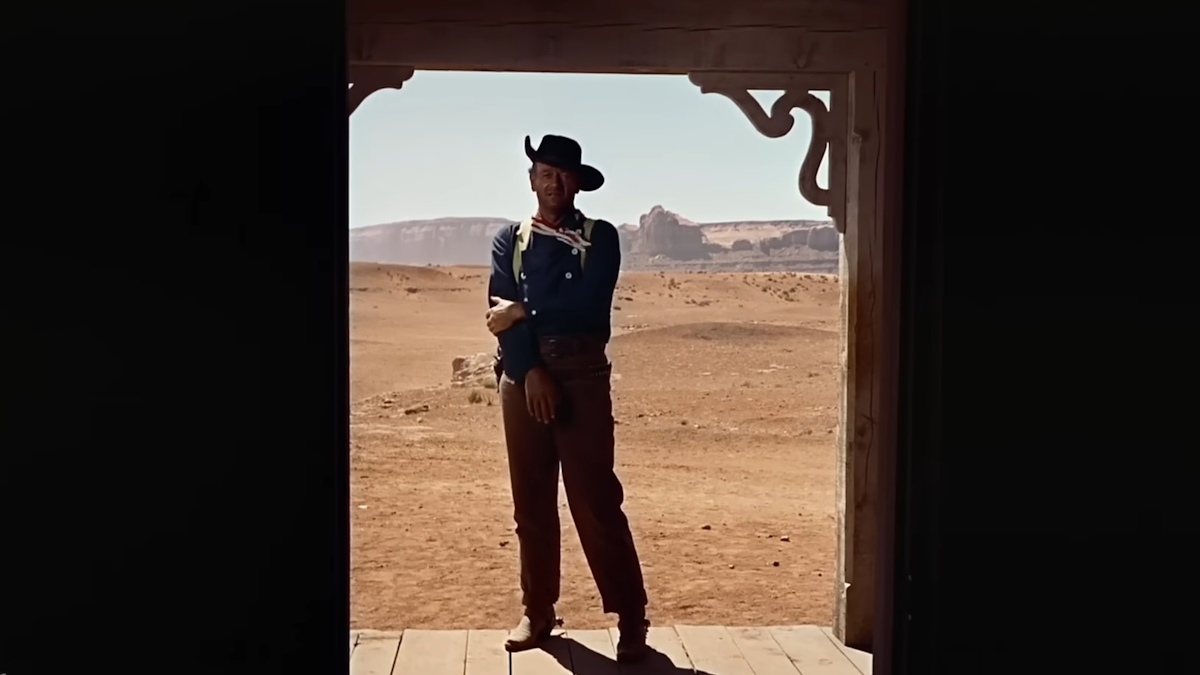
Watching John Ford’s Western epic The Searchers with modern eyes can be a tall ask due to its abject anti-native racism and pulsating rage against miscegenation. The movie tells an uncompromising story about an archetypal gunslinger, ex-Confederate soldier Ethan Edwards (played by, who else, John Wayne) on a mission to rescue his white niece (in her adolescent age, played by Natalie Wood) from Comanche abductors. However repulsive its undercurrents are, Wayne’s character in The Searchers is an engrossing figure, a sublime anti-hero of cinema whose relentless pursuit and years-long journey across a wasteland frontier imbues him Homeric stature. You don’t have to like him, you don’t even have to respect him. But you can’t deny what men like him are capable of.
28. Mad Hatter (Alice in Wonderland)
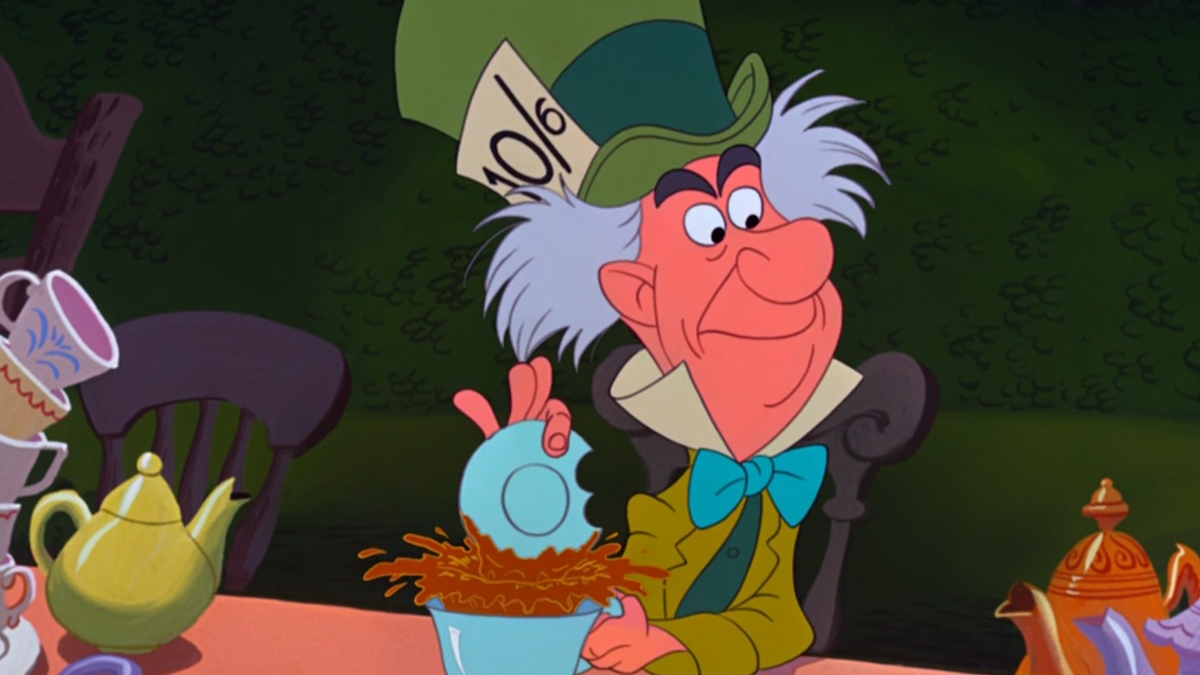
Though he appears onscreen with his best friend March Hare, the “Mad Hatter” in Disney’s Alice in Wonderland (where he’s voiced by Ed Wynn) is a singular figure, an avatar for unpredictability and chaos in an already psychedelic surreality. Originating from Lewis Carroll’s literary giant Alice’s Adventures in Wonderland, the Mad Hatter steals the show in the Disney movie version, grilling Alice with riddles he never answers and pulling out all kinds of things from his hats, including more hats. Even in a story jam-packed with unforgettable characters and creatures, somehow the Mad Hatter stands alone as the representative for it all.
27. The Blob (The Blob)
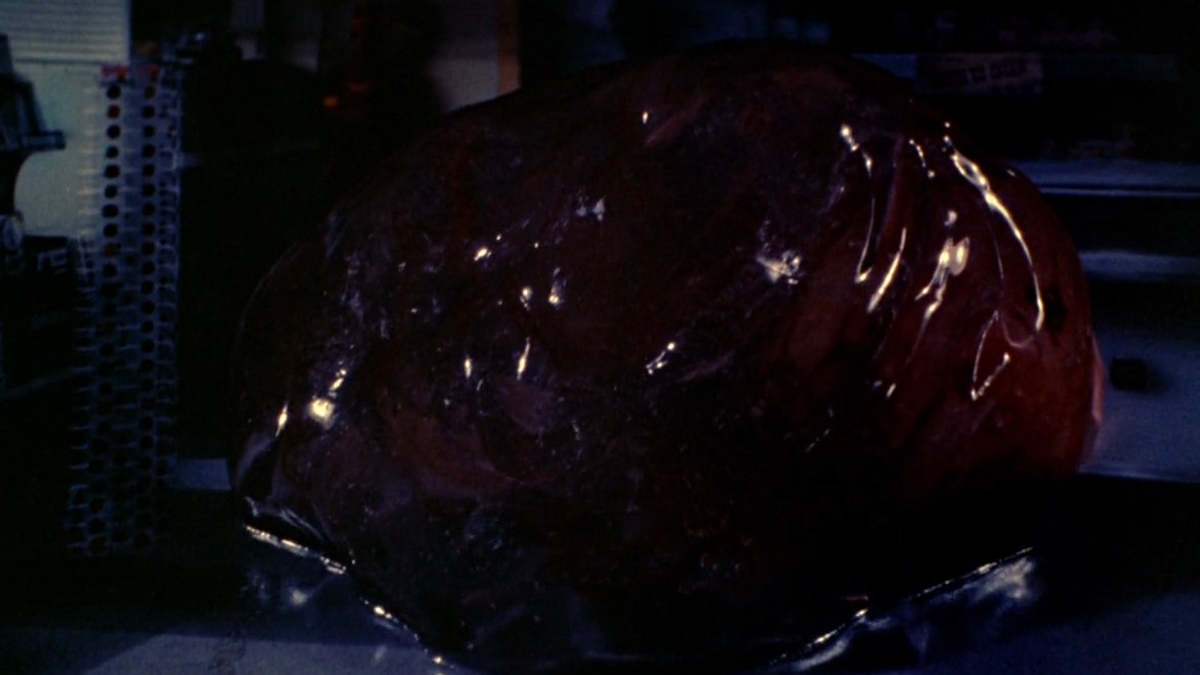
It, whatever it is, is unstoppable. It swallows and absorbs all organic matter, and it’s coming for you. In The Blob, a mysterious and gooey substance of alien origin overruns a small town. Hardly a “character” in the conventional sense, the Blob is a malicious entity that can be as simple or as complicated to viewers as they want it to be. One might see nothing more than a hunk of gelatin. Others see an elaborate metaphor of creeping existential terrors of the day, be it the threat of communism or the cultural rot of Americana coming from within. Whatever The Blob means to you, there’s no stopping its creeping power as one of the coolest movie monsters ever.
26. Detective Joe Kojaku (The Crimson Kimono)
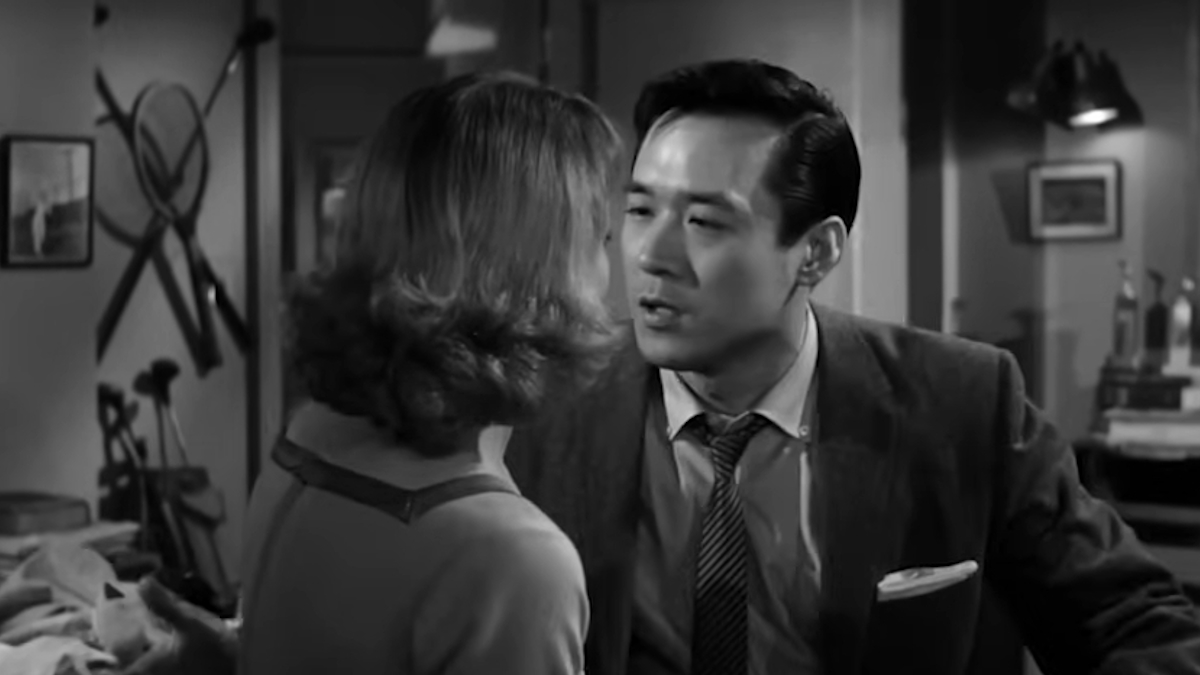
Had it not been for contemporary racism in post-war America, James Shigeta would have been a bigger movie star than he was. But Shigeta still had his time as a handsome romantic male lead in Samuel Fuller’s 1959 romantic crime drama The Crimson Kimono. As Detective Joe Kojaku, Shigeta plays a prototypical “good guy” detective, an affable man whose only real defining trait is that he wants to seek justice by whatever the books allow. Still, his budding romance with a sketch artist, Christine (Victoria Shaw) gets in the way of doing the work with his partner. Shigeta held so much promise as a premier male movie star in Hollywood, and The Crimson Kimono allows us to glimpse his full potential in all his sweaty, well-dressed glory.
25. Colonel Dax (Paths of Glory)
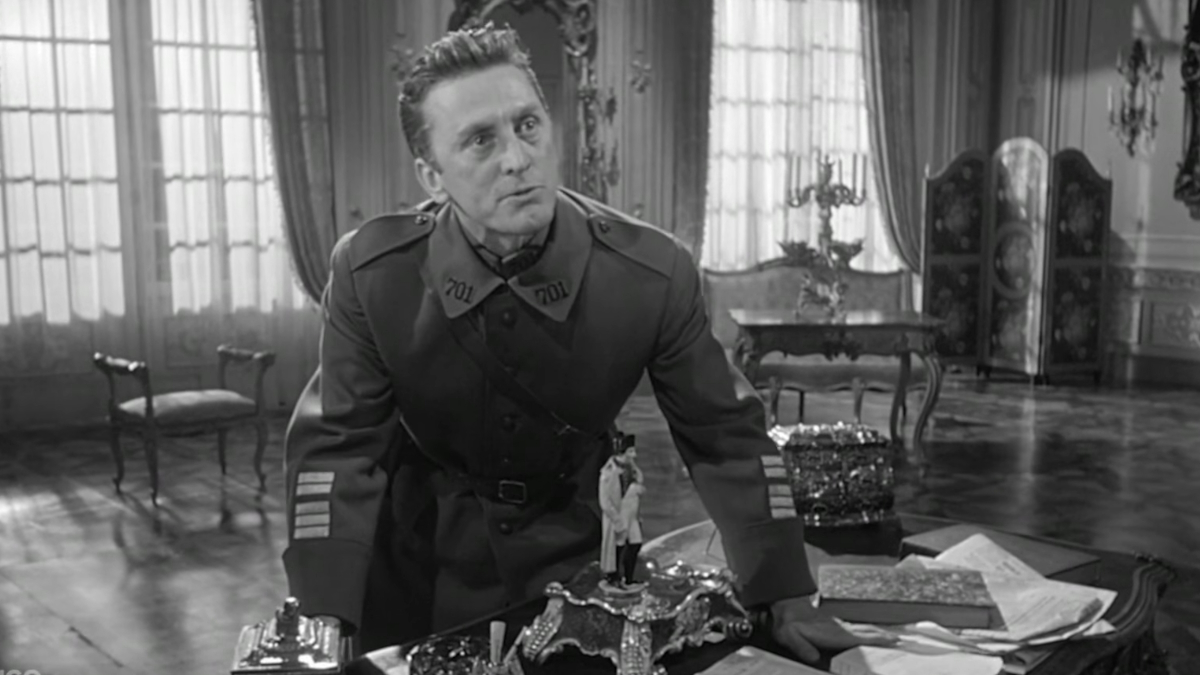
Before he made transgressive masterpieces like Lolita, 2001: A Space Odyssey, and The Shining, Stanley Kubrick directed the 1957 anti-war movie Paths of Glory. Kirk Douglas stars as the principled Colonel Dax, a man in charge of French officers who refuse to continue a suicidal mission and whom he defends in court-martial. While Douglas in Paths of Glory looks like a quintessential jarhead, his efforts to ensure his mens’ names aren’t sullied because of supposed cowardice is to see what bravery in action looks like.
24. Juliette Hardy (And God Created Woman)
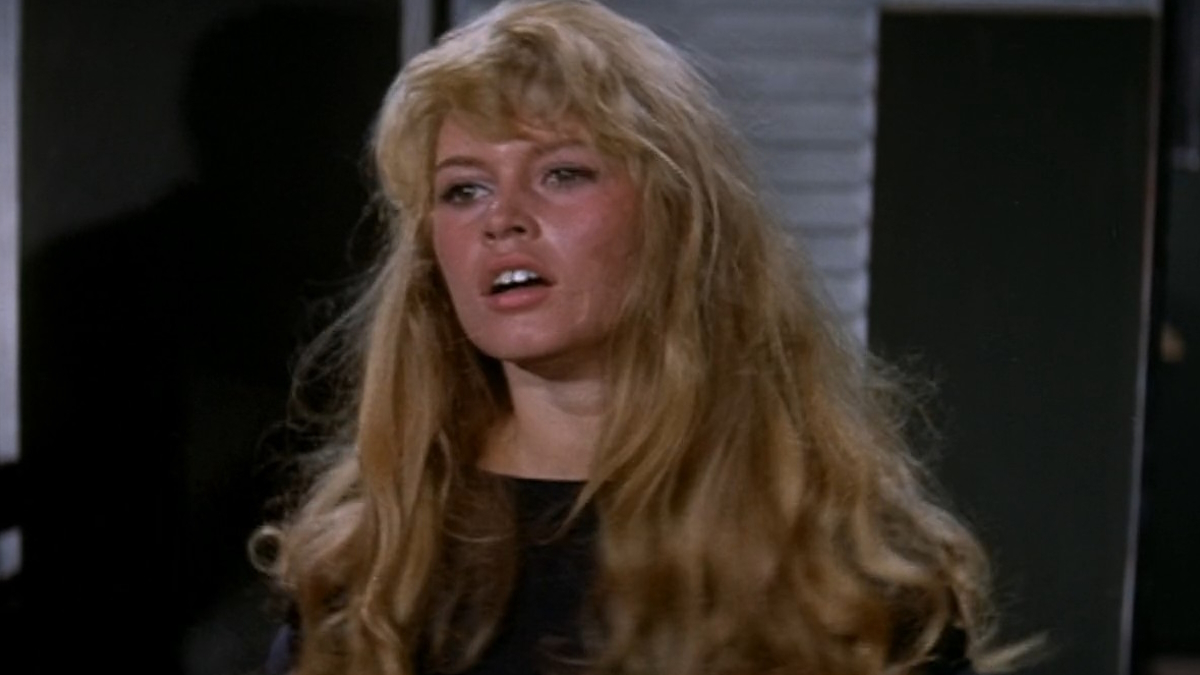
Brigitte Bardot was a model before she became an actress in 1952, and she shot to fame through her starring role in Roger Vadim’s sensual hit drama And God Created Woman. Bardot plays a French orphan and nymphet who creates a mess in her personal life when she marries one man but falls in love with his brother. (You can imagine what problems play out from there.) And God Created Woman features Bardot’s finest and most memorable role of her career, and for good reason, with Juliette typifying her renowned sex appeal that pretty much coined the terms “sex kitten.”
23. Gill-man (Creature From the Black Lagoon)
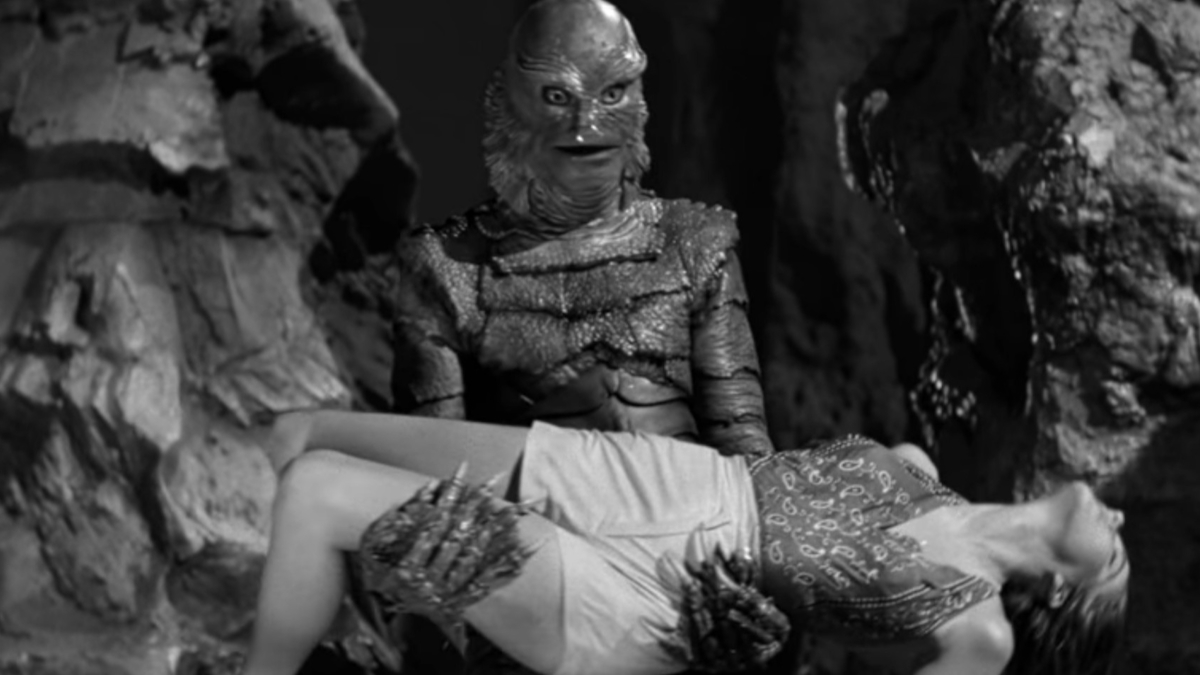
The Swamp Thing and Guillermo del Toro’s The Shape of Water all owe a debt to the fearsome Gill-man, whose first appearance in the 1954 classic Creature From the Black Lagoon helped usher in the end for the Universal Classic Monsters. A silent amphibian of unknown origin who stalks the beautiful Julia Adams (as Kay Lawrence) in the Amazon, the “Gill-man” lacks defining characteristics beyond what he obviously is. But that doesn’t make him uninteresting. Rather, the Gill-man is the perfect creature to which we can project onto him our darker egos – the ones that never swim to the surface but instead dwell in the depths.
22. Private “Prew” Prewitt (From Here to Eternity)
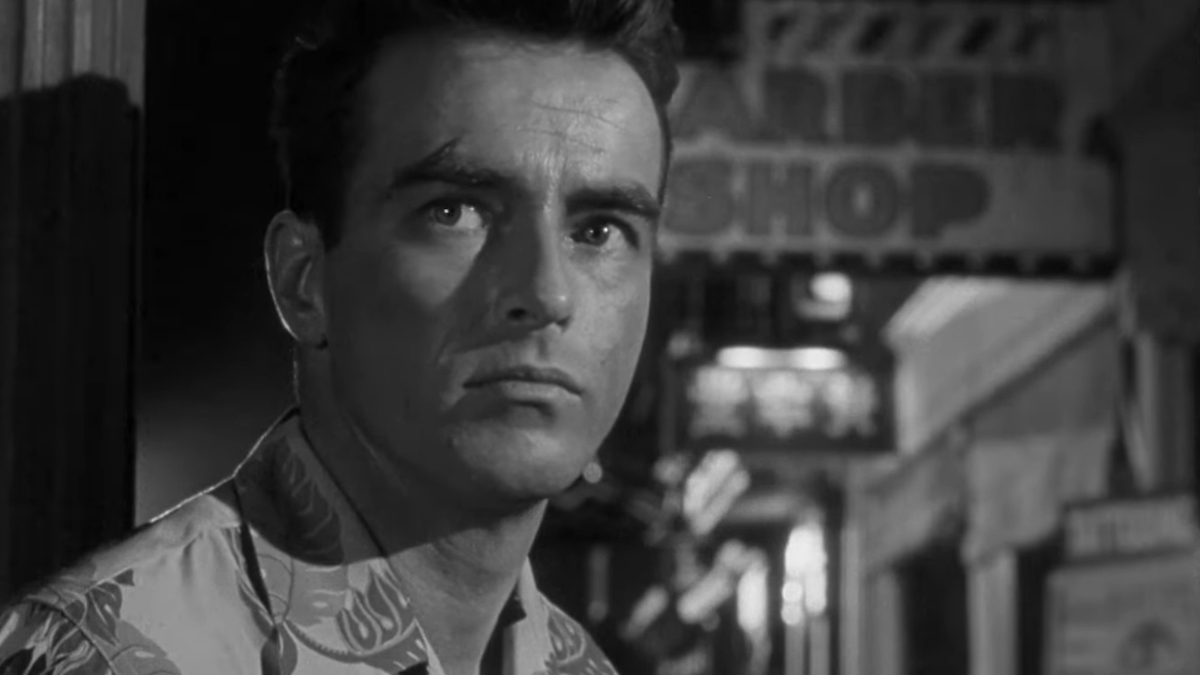
He can play a mean bugle, but good luck getting him to box. In Fred Zinnemann’s sprawling World War II drama From Here to Eternity, Montgomery Clift stars as the handsome and haunted Private “Prew” Prewitt. A career soldier who wants nothing else than to serve with dignity, Prew winds up the whipping boy of his captain who resents Prew’s refusal to compete in his boxing team. All the while, Prew falls in love with Lorene (Donna Reed), a nightclub girl seeking to build a more stable life back home. Through Clift’s multi-dimensional performance, Prew feels alive in his existence as an unlucky soul caught up in a turbulent time.
21. Calamity Jane (Calamity Jane)
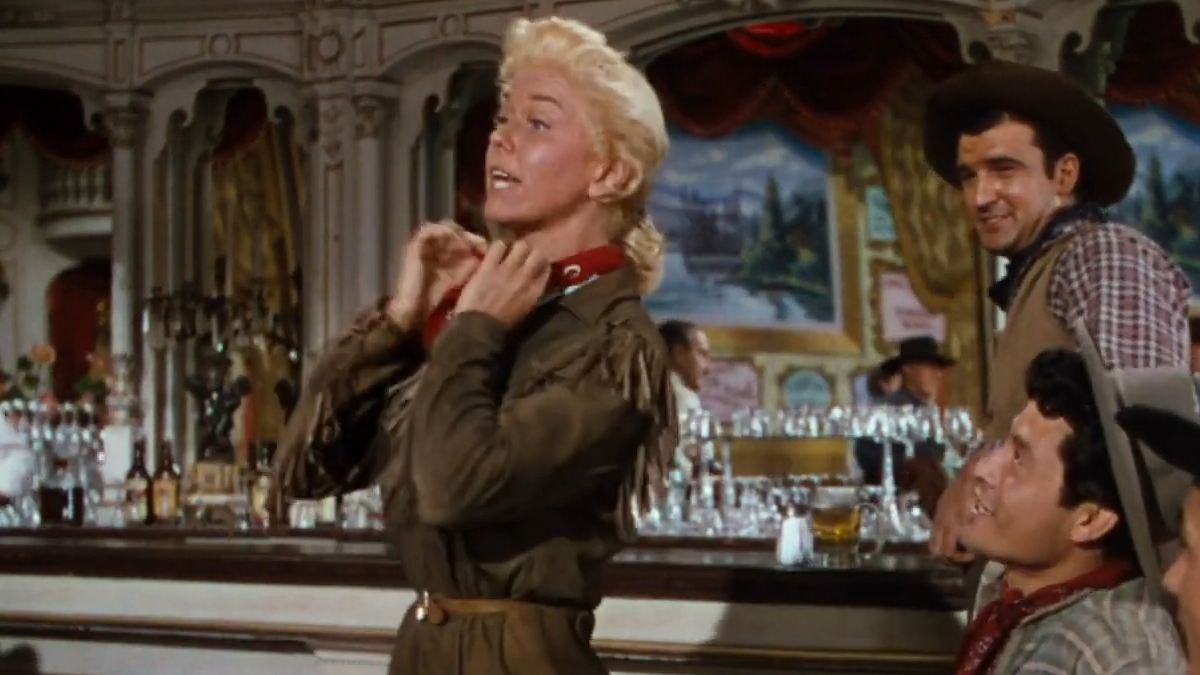
Whatever is true or not true about the legend of frontierswoman Calamity Jane, the 1953 film musical movie starring a lively Doris Day tells of her tall tales including a supposed romance between her and Wild Bill Hickok (played in the movie by Howard Keel). That’s in spite of the movie boasting plentiful subtext coding her as a lesbian. Regardless of her orientation, Day’s Calamity Jane is an exceptionally colorful and hilarious character, her rigid physicality echoed by a staccato singing voice that epitomizes feel-good musicals of Hollywood’s golden age.
20. Death (The Seventh Seal)
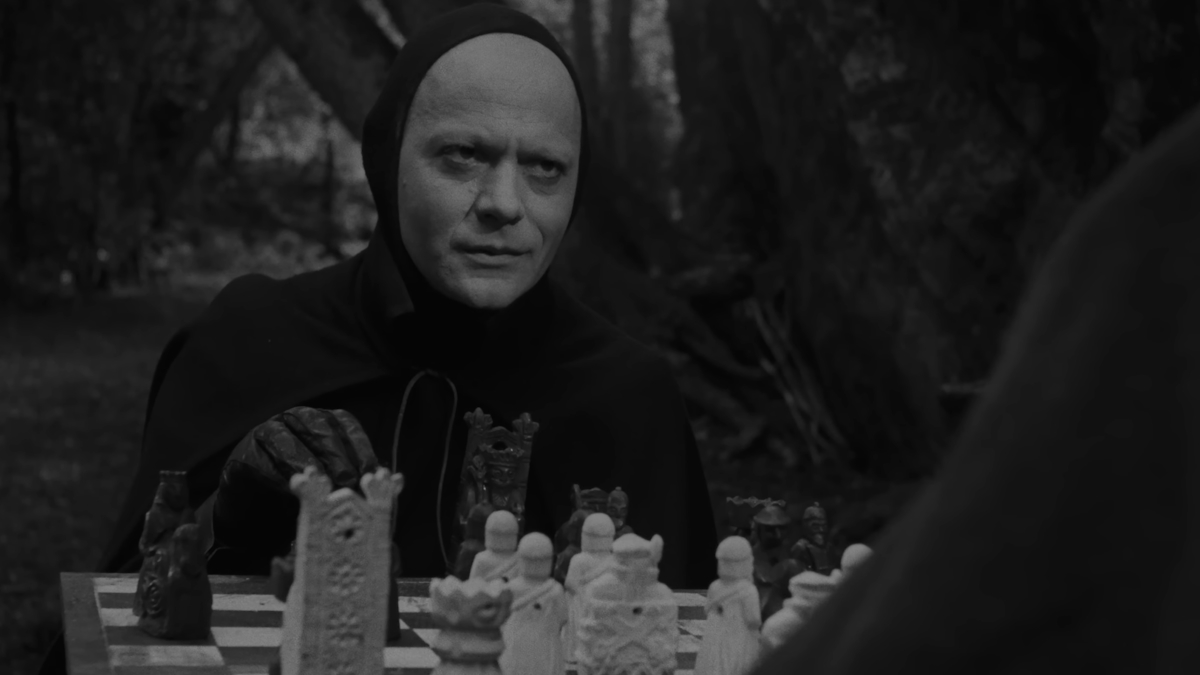
In Ingmar Bergman’s bleak historical fantasy The Seventh Seal, it’s none other than Death himself (played by Bengt Ekerot) who approaches the fearful knight Block (Max von Sydow) who delays his demise with a rousing game of chess. Clad in pitch black robes that contrast his ghostly white face, Bergman’s interpretation of Death – the Grim Reaper, the Pale Rider, whatever you want to call him – is a striking one, an appropriately creepy figure but not quite sinister. You get the strong impression that he’s simply doing his job, and that his acceptance to play a game is a welcome distraction from the inevitable for both players involved.
19. Harry Fabian (Night and the City)
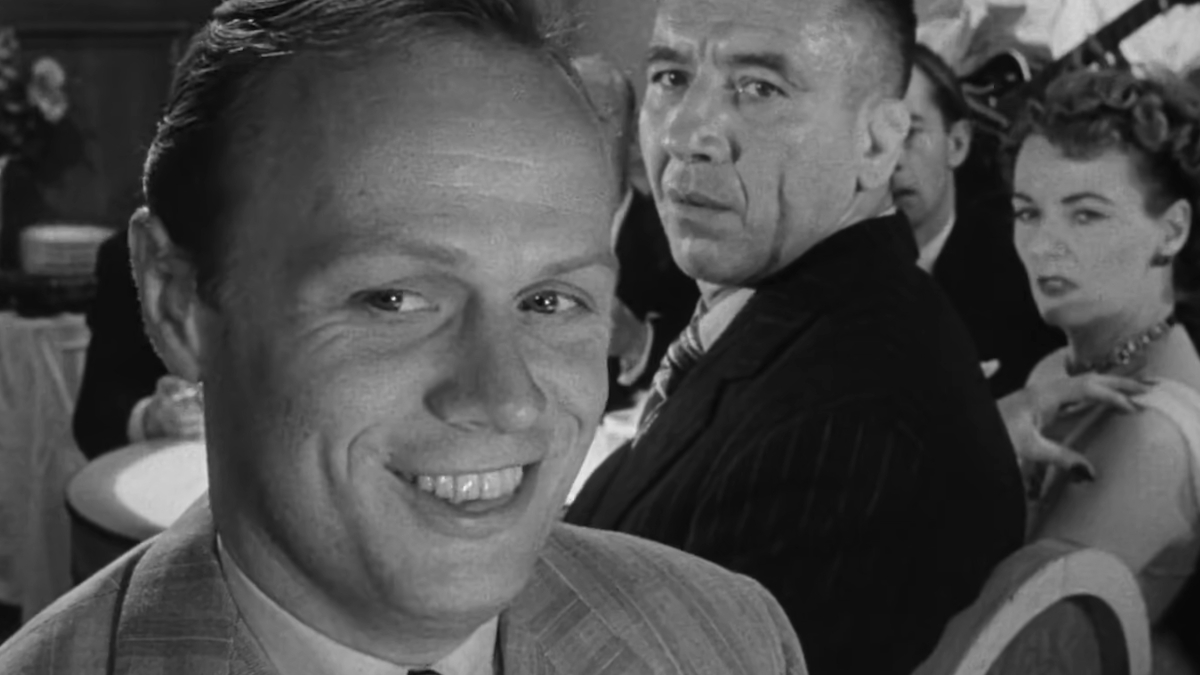
Before Adam Sandler in Uncut Gems, there was Richard Widmark as Harry in Night and the City. In this underrated and understated noir masterpiece, Widmark plays an American conman who prowls the London underworld, creating scheme after scheme, all in a desperate attempt to keep his head afloat – and intact. As Harry traverses the dark heart of urban sprawls, from seedy nightclubs to sweaty professional wrestling arenas, he becomes a figure of ruin, a man imprisoned by his making of a house of life’s unwinnable cards.
18. Joe Bradley and Princess Ann (Roman Holiday)
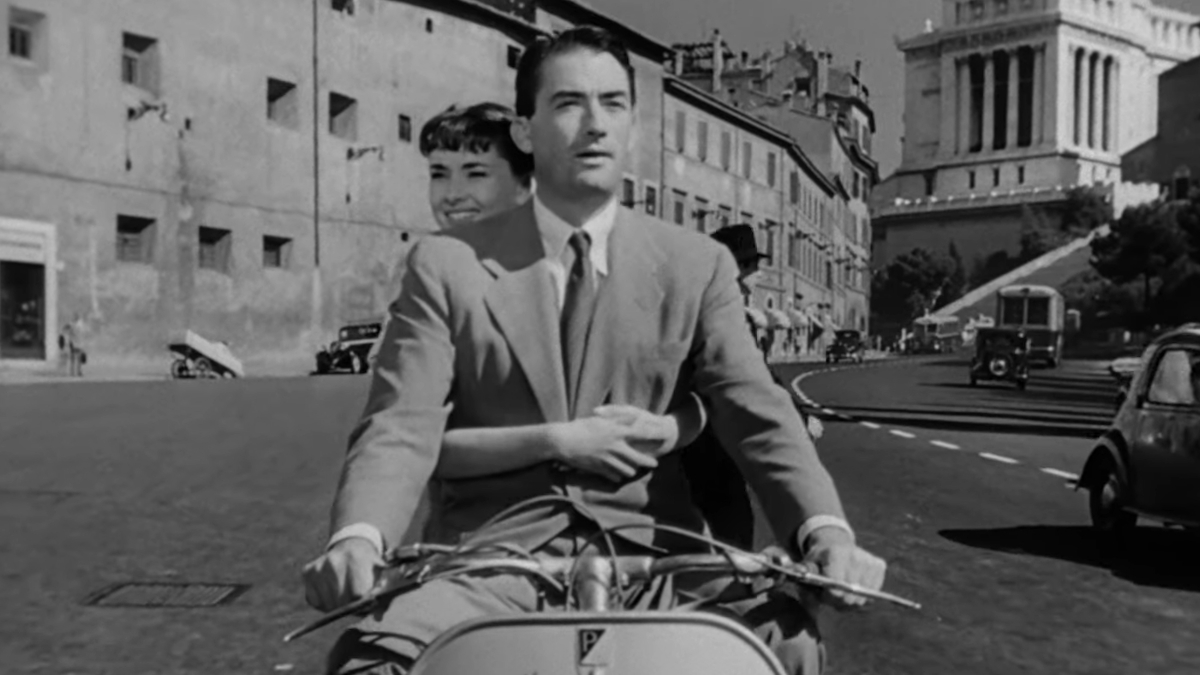
Co-starring in William Wyler’s effervescent rom-com Roman Holiday are Gregory Peck and Audrey Hepburn, as two people from two different worlds who sweep each other off their feet, if only for an afternoon. When a European princess (Hepburn) ends up in the apartment of an American reporter (Peck), the two embark on a whirlwind adventure up and down the ancient city of Rome, relishing every minute to remember for their lifetimes. As characters, Joe and Princess Ann reveal how easy it looks, and feels, to fall in love when you’re not really trying.
17. Kanji Watanabe (Ikiru)
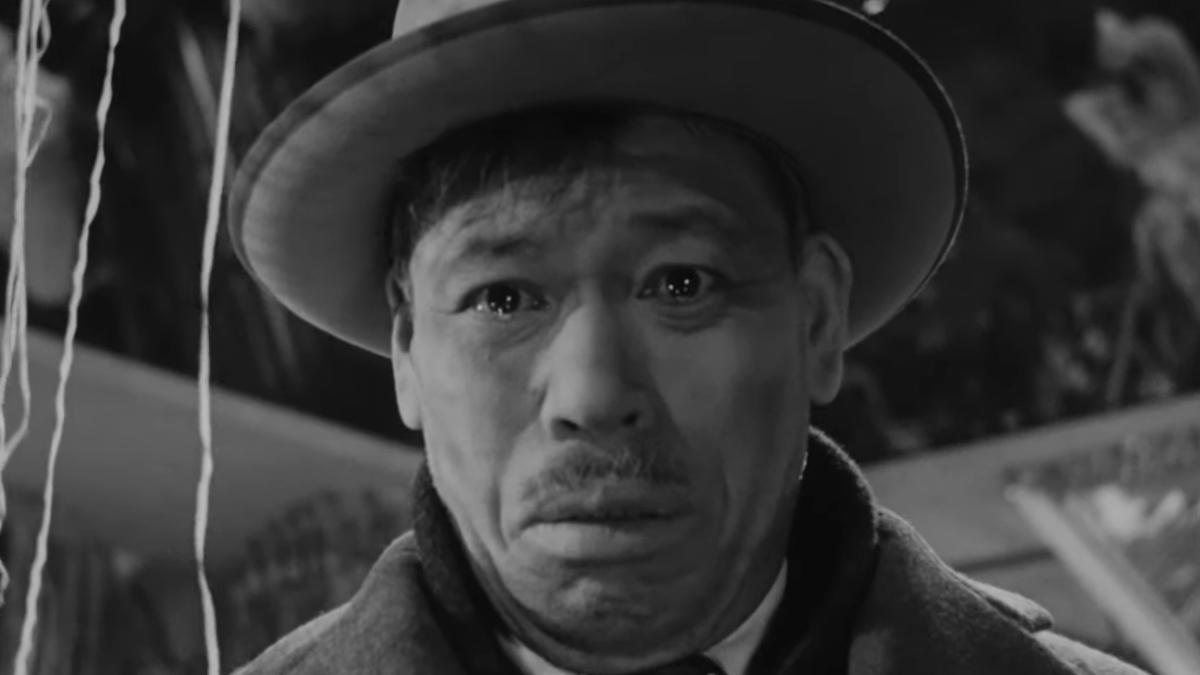
Akira Kurosawa’s Ikiru (in English, meaning “to life”) doesn’t directly grapple with the fallout of Japan’s survival of atomic weaponry. But the specter of death looms over elderly salaryman Kanji Watanabe (Takashi Shimura in a career performance), whose discovery of terminal stomach cancer inspires a restless search for meaning in an increasingly complicated and overly-bureaucratic world. A most empathetic portrait of people at the end of their lives, Kanji in Ikiru shows that even those with little to live for can still want and deserve to live it to the fullest, and to leave behind something worthwhile. They only hope to do it all before it’s too late.
16. Robby the Robot (Forbidden Planet)
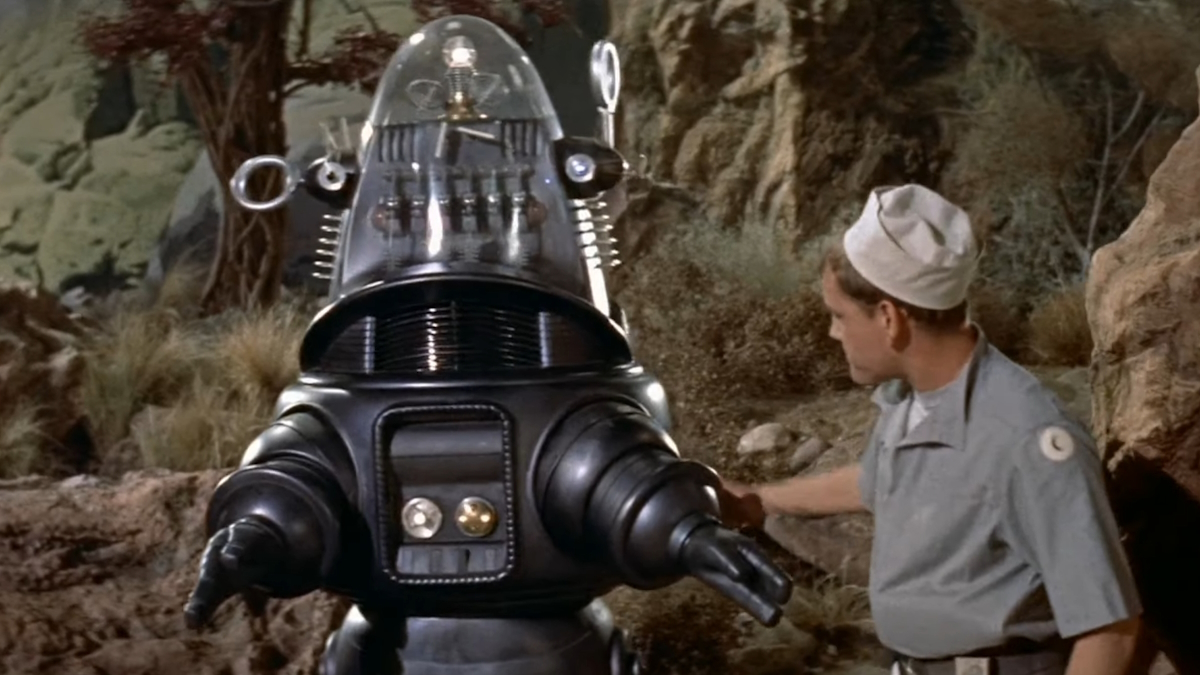
Before R2-D2 and Chappie, there was Robby the Robot in the 1956 classic Forbidden Planet. Though Robby wasn’t the first robot in movie history – Maschinenmensch from Metropolis says hello – his innovation was featuring an actual personality as well as a crucial role in the movie’s plot. Costing a then eye-watering $100,000-$125,000 to construct, it’s through the voice-over performance of Marvin Miller that Robby becomes more than a walking box, but something close to humanity. In a time before cinematic franchises, Robby hopped the sci-fi multiverses to appear in other movies and shows like Lost in Space, The Twilight Zone, The Thin Man, and Mork & Mindy.
15. Sinbad (The 7th Voyage of Sinbad)
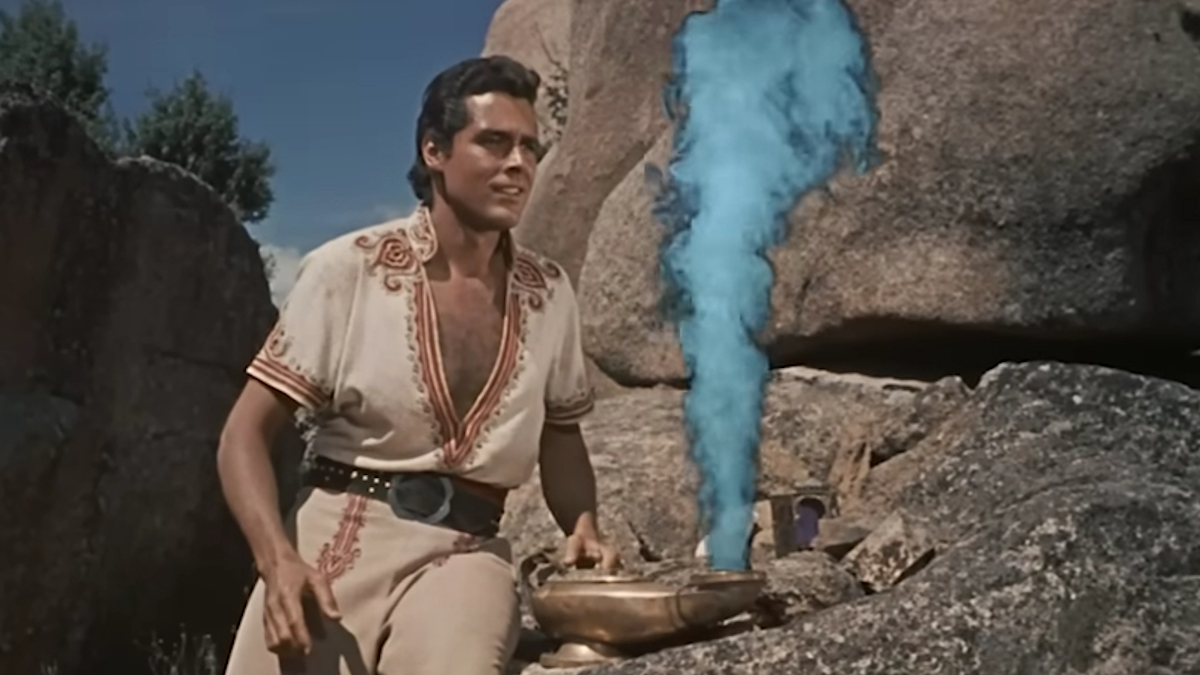
The ultimate swashbuckler of cinema, Kerwin Mathews’ Sinbad in The 7th Voyage of Sinbad is the epitome of dashing silver screen heroism that not even comic book superheroes can match up to. While the folklore of Sinbad spread for centuries before the advent of cinema (and in fact there were already Sinbad movies before the classic 7th Voyage), it was Mathews’ interpretation of the legendary hero that permanently cemented Sinbad’s recognition as an all-time great. Whether he’s outrunning cyclops giants or staring down half-snake handmaidens, Sinbad isn’t a complicated hero – and that’s why he’s still so alluring after so many years.
14. Norma Desmond (Sunset Boulevard)
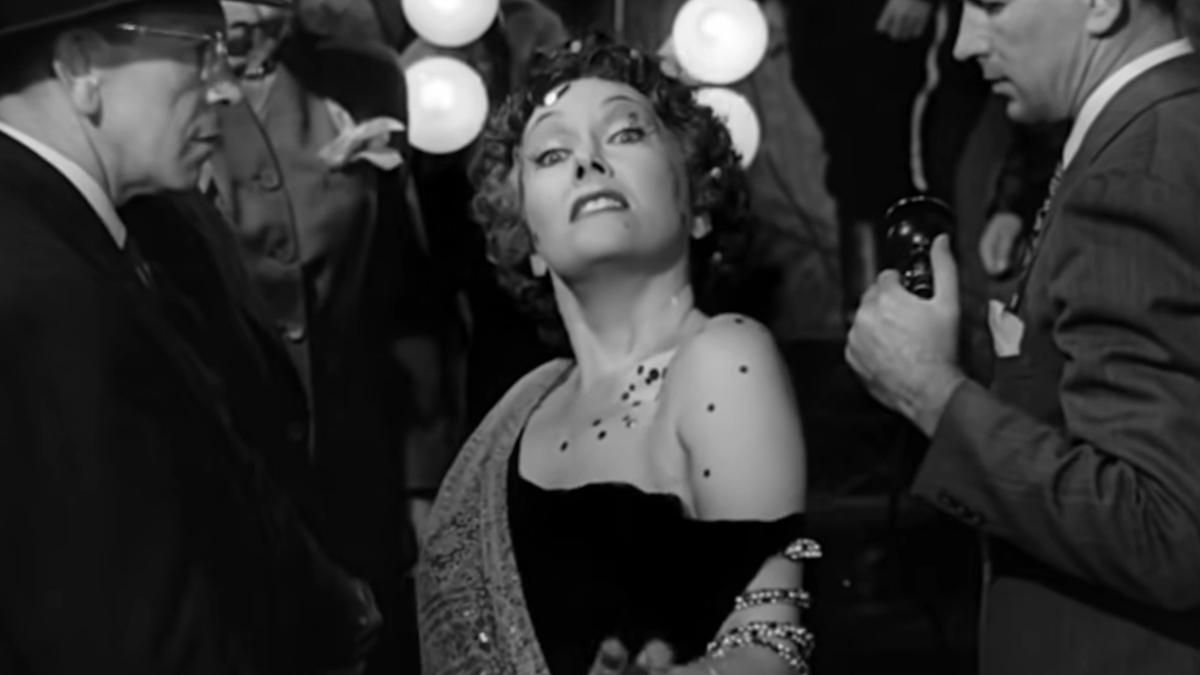
She’s here for you, all you wonderful people in the dark. In Billy Wilder’s black comedy noir Sunset Boulevard, Gloria Swanson plays Norma Desmond, a silent movie star who manipulates a down-on-his-luck screenwriter to revitalize her career. As Hollywood’s golden age came upon its final decade, Wilder’s movie allowed Hollywood itself to wrestle with the ways it builds people up only to crush them to smithereens. Swanson’s Norma Desmond is a terrifyingly tragic figure who represents the industry’s forgotten souls, a person unable to let go of the past and insist on living in the limelight forever. The end of the movie includes her most disturbing portrait, strutting to the foreground to bask in the glow of camera flashes while refusing to even acknowledge the reason they’re there in the first place.
13. Godzilla (Gojira)
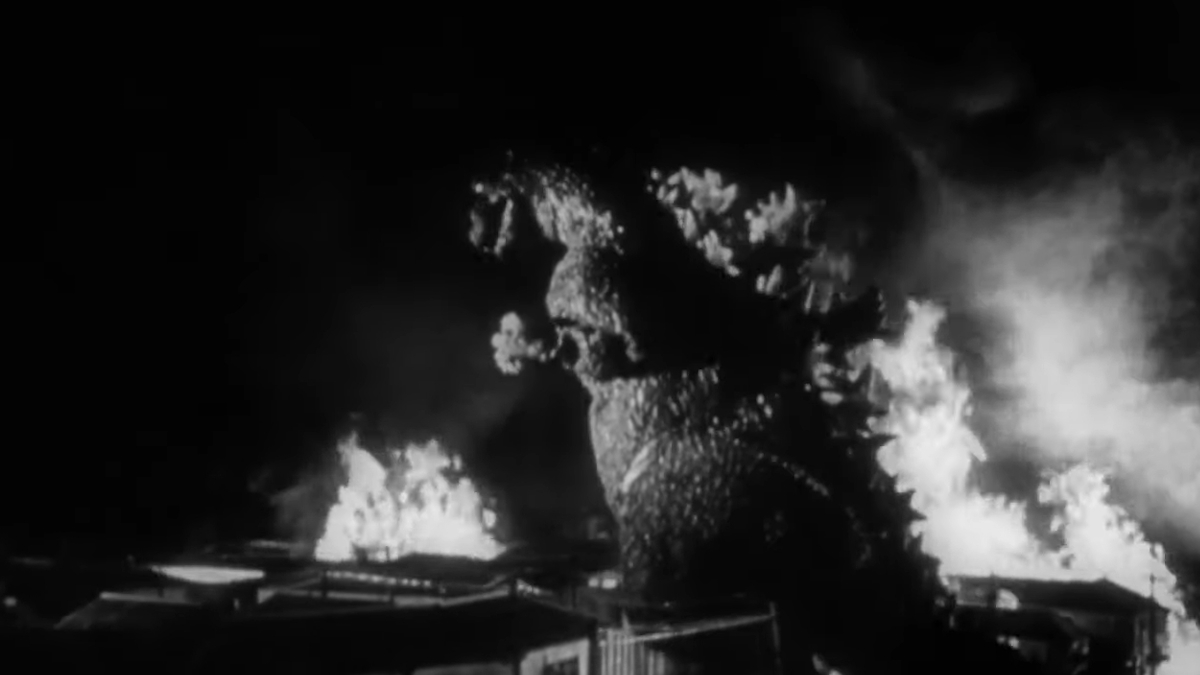
While careless audiences dismiss Godzilla as little more than a big rubber lizard, real ones know to revere the King of the Monsters. Emerging from the radiated seas of Japan in Ishiro Honda’s kaiju masterpiece Gojira, Godzilla is a nightmare of manmade science and nature, a creature born from nuclear radiation who rises to the surface to warn mankind of its arrogance and bad habits of self-annihilation. No matter what tones or shades he’s taken on in his multi-decade lifespan, his first appearance in the 1954 original feature is still the one that leaves a lasting impression like burned skin.
12. Will Kane (High Noon)
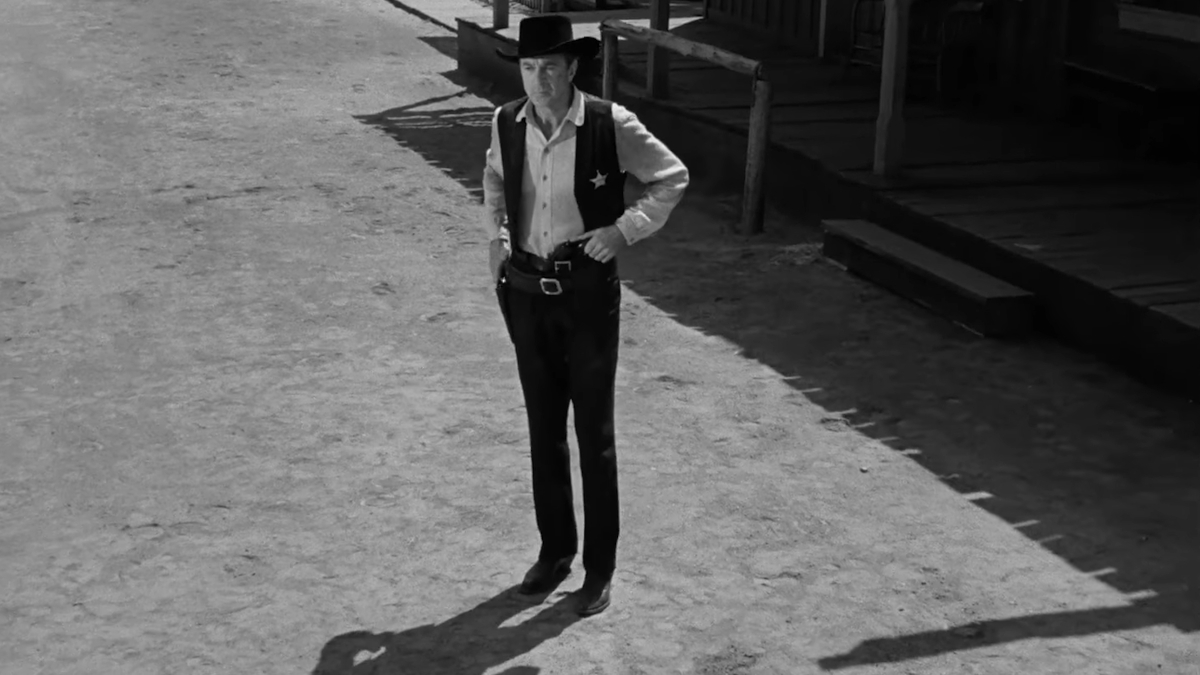
For those in need of inspiration as to what bravery looks like, look no further than Will Kane in High Noon. Portrayed by Gary Cooper, Will Kane is a close-to-retirement New Mexico marshal who sacrifices a pleasant life with his new wife (the gorgeous Grace Kelly) to confront a returning outlaw gang determined to kill him for revenge. Cooper’s Will Kane is hardly the kind of slick, masculine gunslingers who populate the Western movie canon, which makes High Noon all the more impressive as a moving portrait of standing up for what’s right even when you’re left standing alone.
11. Antoine Doinel (The 400 Blows)
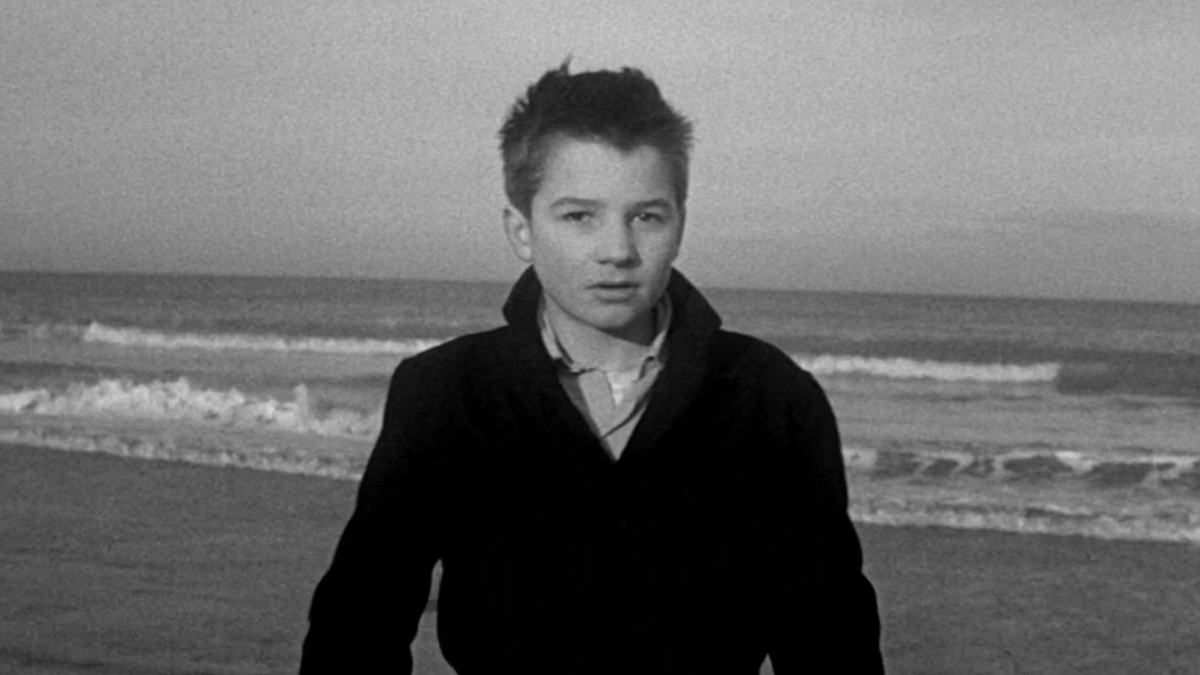
Francois Truffaut’s semi-fictional autobiographical character Antoine Doinel is a true misfit, a youth on the brink of collapse standing upon wobbly foundations set by broken adults. In Truffaut’s 1959 film The 400 Blows, with Jean-Pierre Léaud as 14-year-old Antoine who fails to answer to order and begins experimenting with a life of crime. While Antoine became the unlikely protagonist of several movies – all of them tracing his life into adulthood – it’s his first appearance in The 400 Blows that is the most everlasting, its final shot impressing audiences everywhere the glazed look of lost youth with nowhere to go, or grow.
10. Captain Hook (Peter Pan)
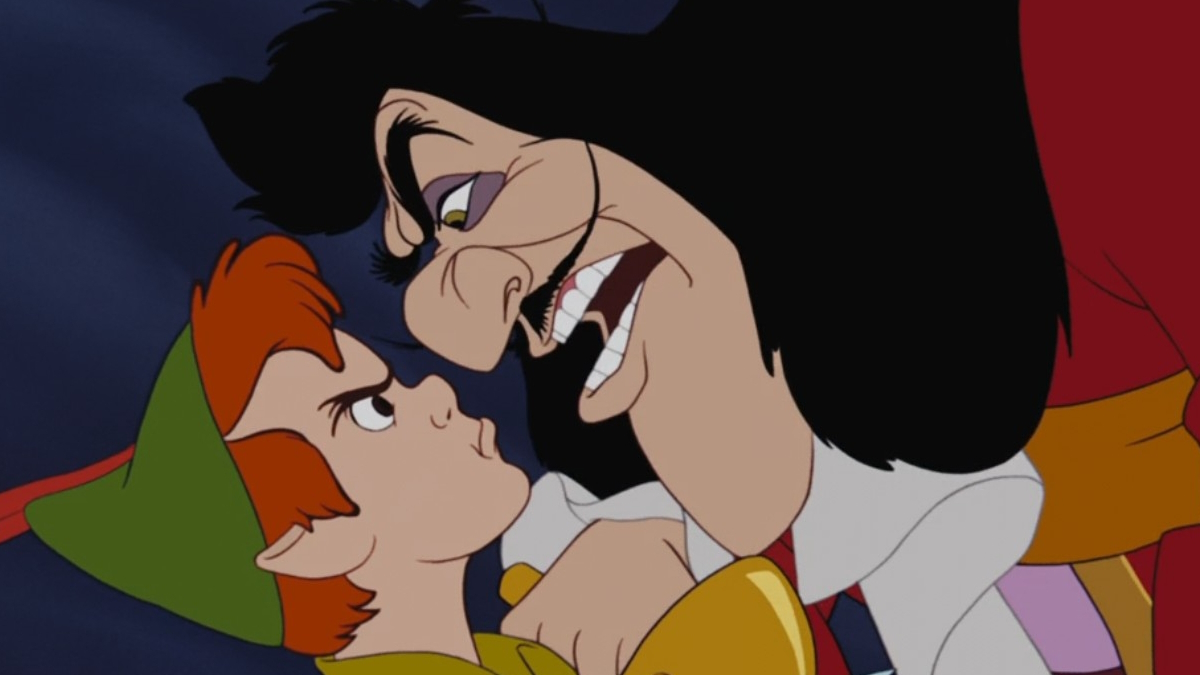
You can already hear the tick-tock of an approaching crocodile, can’t you? Captain Hook (voiced by Hans Conried) is a formative Disney movie villain with a penchant for comedic timing. Besides Conried’s impassioned voiceover work, his impeccable animation creates someone altogether cunning and childish, eager to stand upright with his chest out but quick to kick his feet and jump into the arms of his second mate Smee. In defiance to the evil queens and stepmothers of earlier Disney movies, Captain Hook showed that just because you’re a man doesn’t mean you can’t be outwitted by a child.
9. Taketori Washizu (Throne of Blood)
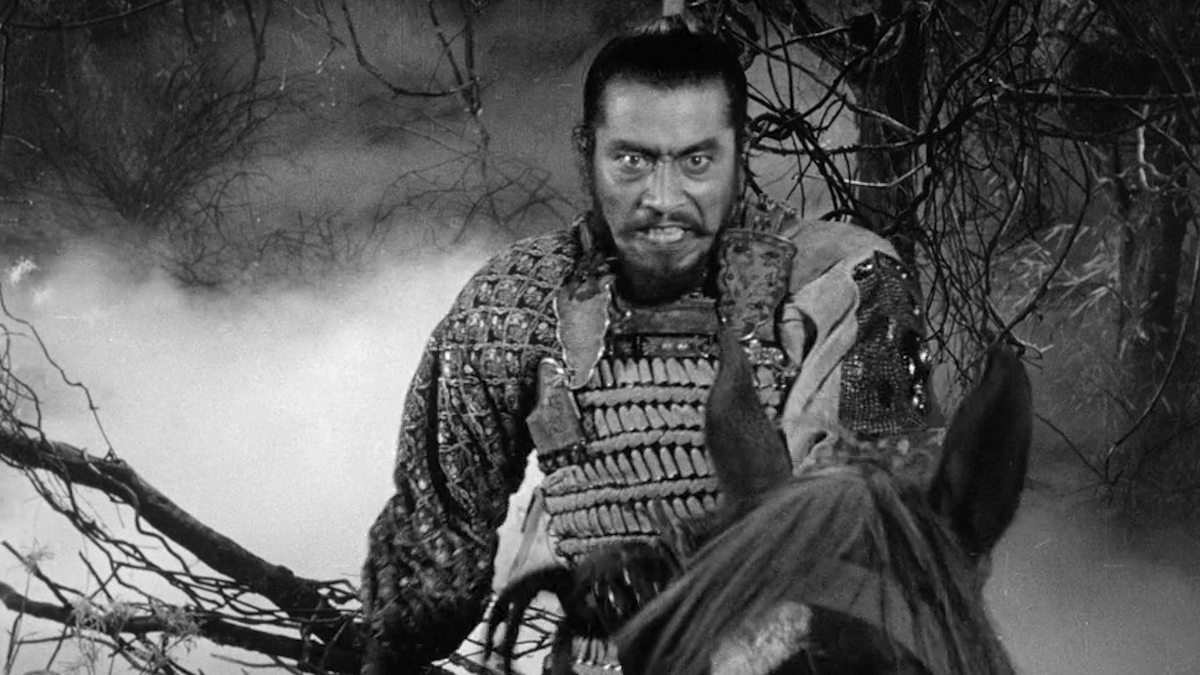
Toshiro Mifune’s plentiful roles in so many classic samurai movies make him synonymous with the genre, and the 1950s are especially teeming with his masculine aggression. Of all of his roles in the decade, one still reigns supreme: Taketori Washizu in Throne of Blood, Akira Kurosawa’s masterful retelling of Shakespeare’s play Macbeth set in feudal Japan. As Taketori/Macbeth, Mifune perfectly embodies the red-hot determination of an ambitious samurai, which builds to his short-tempered arrogance when Taketori has finally seized control only to lose it all in a hailstorm of arrows. Mifune has indeed played so many samurai. But the one that closely resembles the mythic Shakespeare anti-hero is the one that deserves utmost recognition.
8. Jim Stark (Rebel Without a Cause)
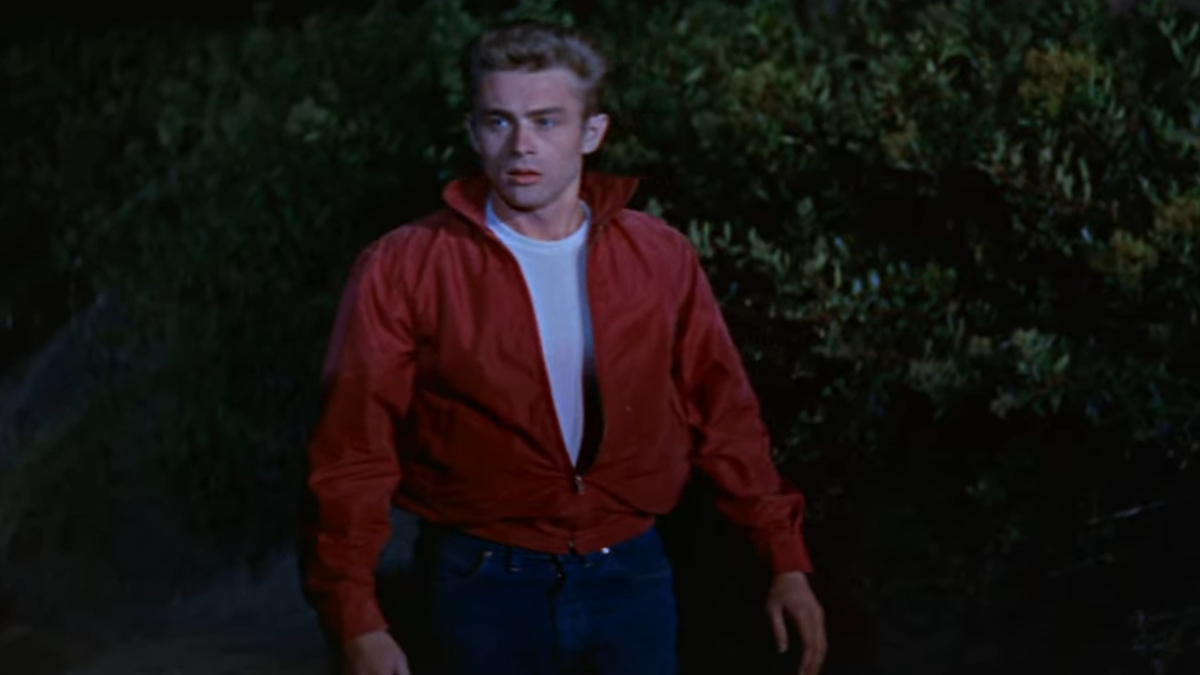
That audiences met Jim Stark only a month after James Dean’s death has imbued indeterminable romantic depth to one of his final feature film roles. In Rebel Without a Cause, Dean shines so blindingly bright as troubled teenager Jim Stark, a California hot-rodder caught up in an unhappy home and strikes up a relationship with equally-distressed Judy (Natalie Wood). Between Jim’s iconic look (including an enviable red jacket) and overall vibe as a walking Bruce Springsteen song, he’s simply one of the most unforgettable faces of the decade.
7. Juror 8 (12 Angry Men)
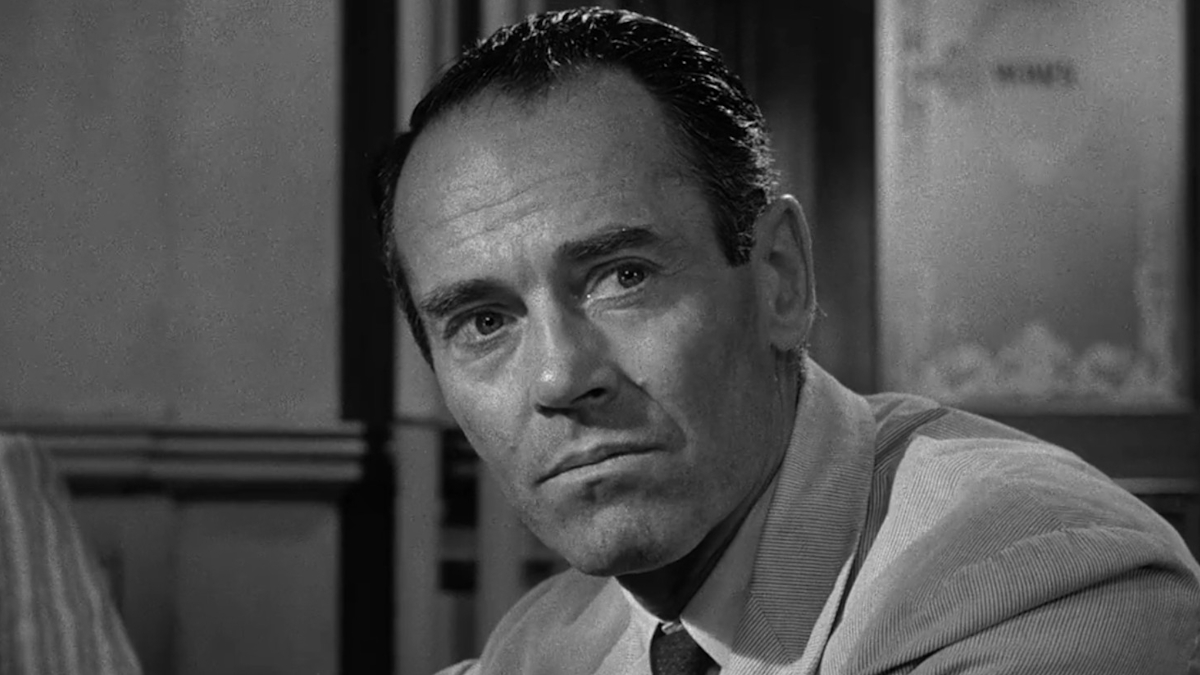
In a sweltering room heated by hot tempers, Henry Fonda initially stands alone as the only one of 12 anonymous jurors who argues that the accused – an 18-year-old youth, on trial for the murder of his own father – may actually be innocent. Throughout all of Sidney Lumet’s celebrated film version of the play, Juror 8 comes off as the voice of reason who isn’t swayed by other convincing men nor deterred by their indifference. While we know little about Juror 8, or indeed any of the men at all, we can learn a lot from people like him in this instructive look at voicing what’s right and not what simply makes sense.
6. Judy/Madeline (Vertigo)

For those not precious about spoilers for a movie released so long ago and hailed as one of the greatest movies of all time: Judy and Madeline, played by Kim Novak in Alfred Hitchcock’s psychological mystery masterwork Vertigo, are the same person. But beyond the plot twist is what the altered personality means. Judy is a real person, full of flaws, while Madeline – created by Judy – is an illusion of an ideal woman, ensnaring Scottie (James Stewart) like a fly trap. It’s a testament to Kim Novak’s movie star capabilities that both characters feel like realized individuals, even if one of them isn’t a real person at all. (Technically they both aren’t, but just go with it.)
5. Shane (Shane)
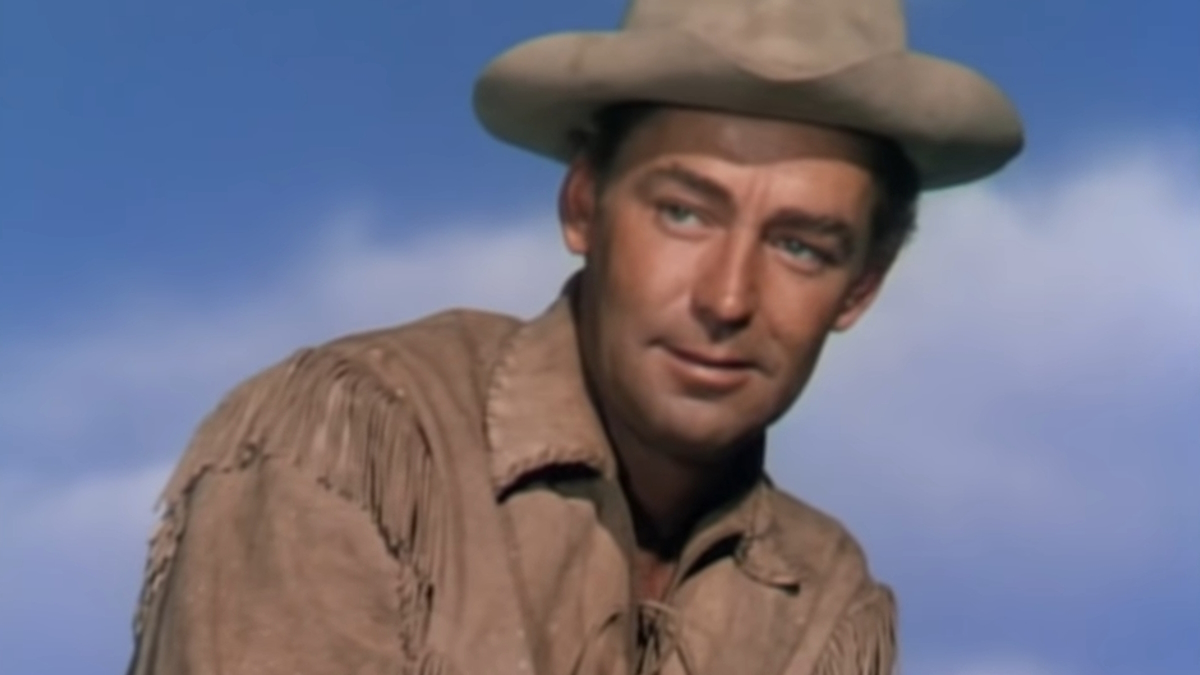
As Westerns fell out of favor towards the 1950s, among the genre’s last visions of heroism was Shane, played by Alan Ladd in George Stevens’ beloved frontier epic. Shane is a drifter, a laconic gunman forged from our collective memories for such heroes. Hoping to start a new life, Shane wanders into the employ of a family ranch who grow to depend on him and his mysterious – and violent – talents for protection. A towering character in the Western genre, Shane is the prototypical reluctant hero who wishes to grow beyond his violent past and live a life of peace, even if fate dictates otherwise. The movie’s iconic ending of a child crying out for Shane to “come back” speaks for all audiences who still yearn for heroes.
4. Judah Ben-Hur (Ben-Hur)
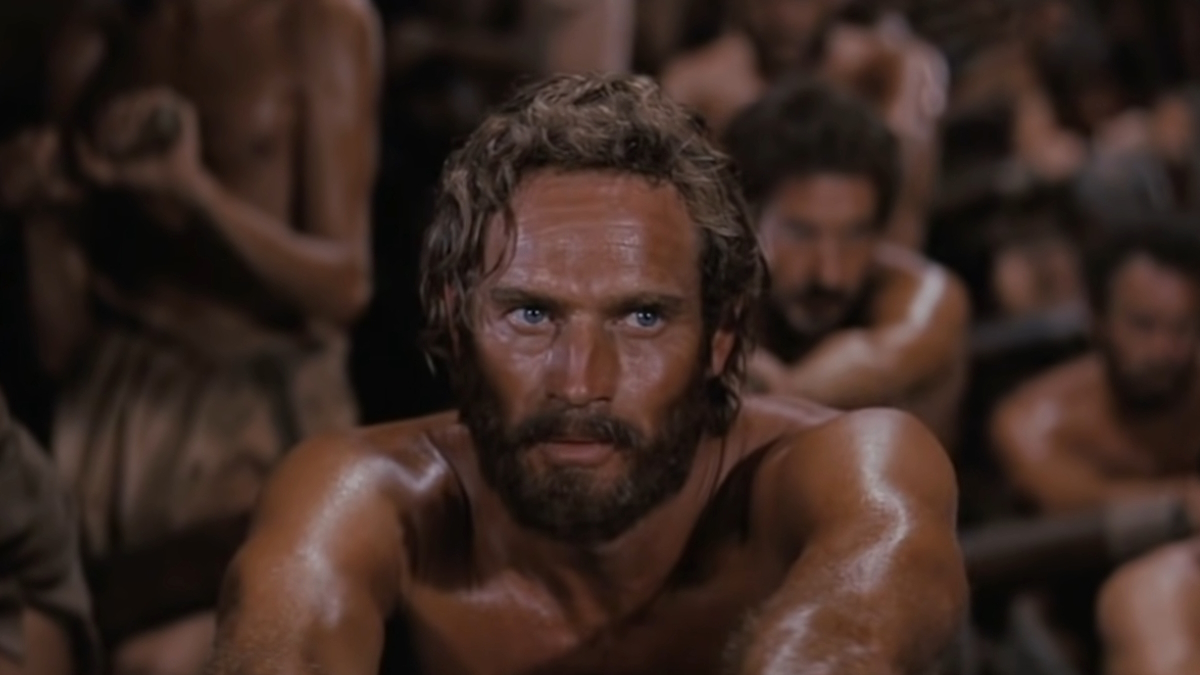
If biblical epics could have one definitive action hero, it’s Jewish prince Judah Ben-Hur, played by Chartlon Heston in the 1959 blockbuster Ben-Hur. Originally imagined for the 1880 novel by Lew Wallace, it’s Heston’s inherent ruggedness that gives Ben-Hur his aspirational brawn, as a man of principles who knows what’s right even when others say it’s wrong. Whatever your own faith and creed may be, there’s little disagreement that Heston’s performance as a man who looks Jesus in the eye is a stirring thing to witness.
3. Maleficent (Sleeping Beauty)
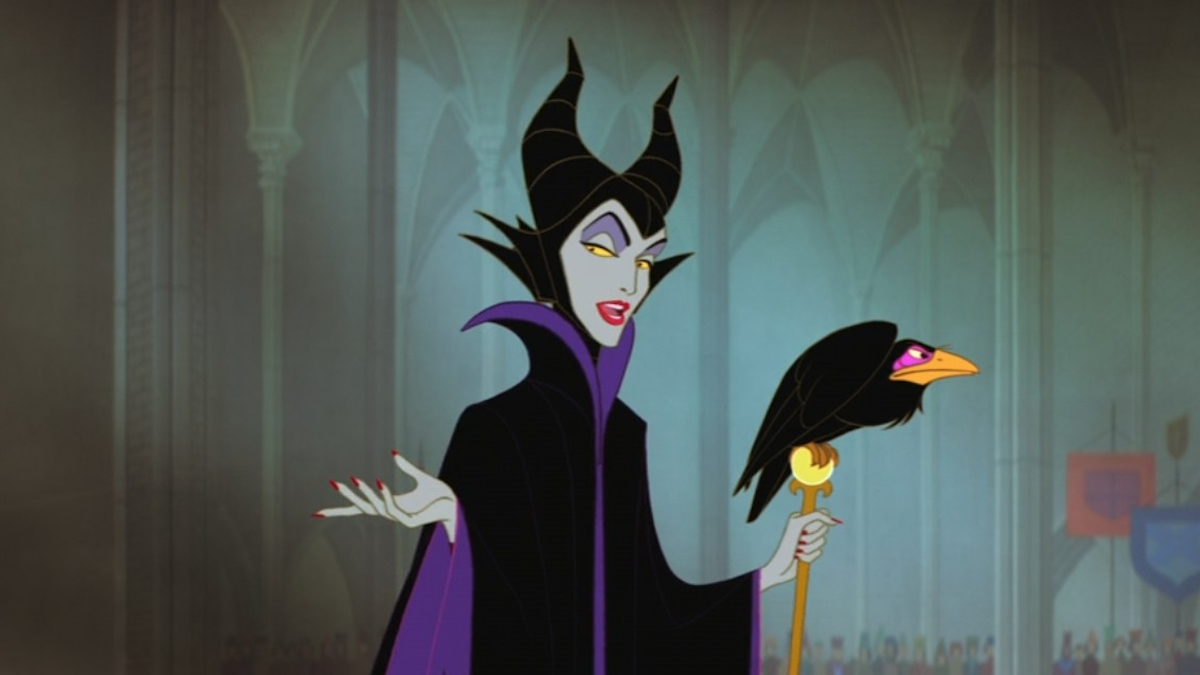
Forget wicked queens and magical talking mirrors on the wall. Maleficent, the self-proclaimed “Mistress of All Evil,” knows where true power lies. As the fantastical villain of Disney’s 1959 classic Sleeping Beauty, Maleficent (voiced by Eleanor Audley) influenced generations of storytellers on what pure evil looks and feels. From her fiery introduction to her climactic metamorphosis into a winged dragon, Maleficent is the true star of Sleeping Beauty, whose entire motivation is that she was insulted that she wasn’t invited to a baby’s birthday party. Her dark fantasy vibe has allowed Maleficent to be one of the eminent Disney villains in the studio’s sprawling multiverse, and a touchstone for baddies everywhere.
2. Jeffries (Rear Window)
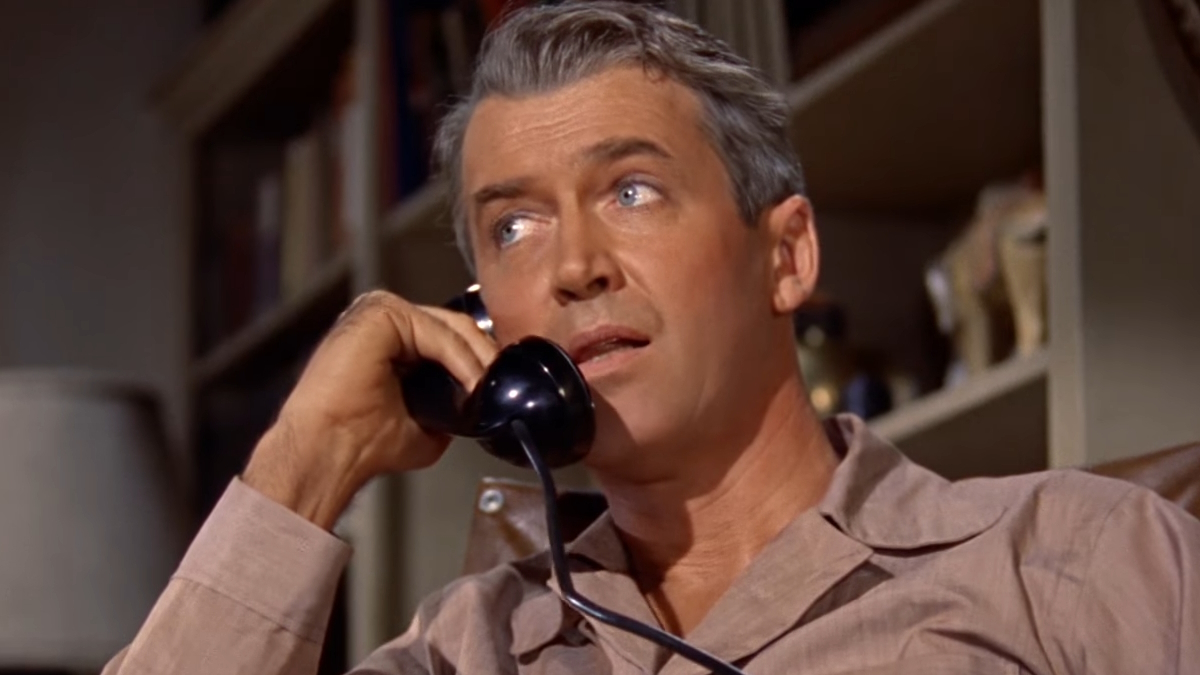
The man knows what he sees, even if he didn’t actually see it. In Alfred Hitchcock’s Rear Window, James Stewart is the poster child of boredom, a photographer whose broken leg has made him bedridden, and approaching death by boredom. But his boredom is cured – and the scares begin – when Jeffries suspects that his neighbor might have killed his wife. While it’s a serious suspension of disbelief that a crappy dude like Jeffries has a patient and gorgeous girlfriend in Lisa (Grace Kelly), whom he drags into his “investigations,” Jeffries is still an engaging character who proves that sometimes your instincts are, indeed, correct.
1. Terry Malloy (On the Waterfront)
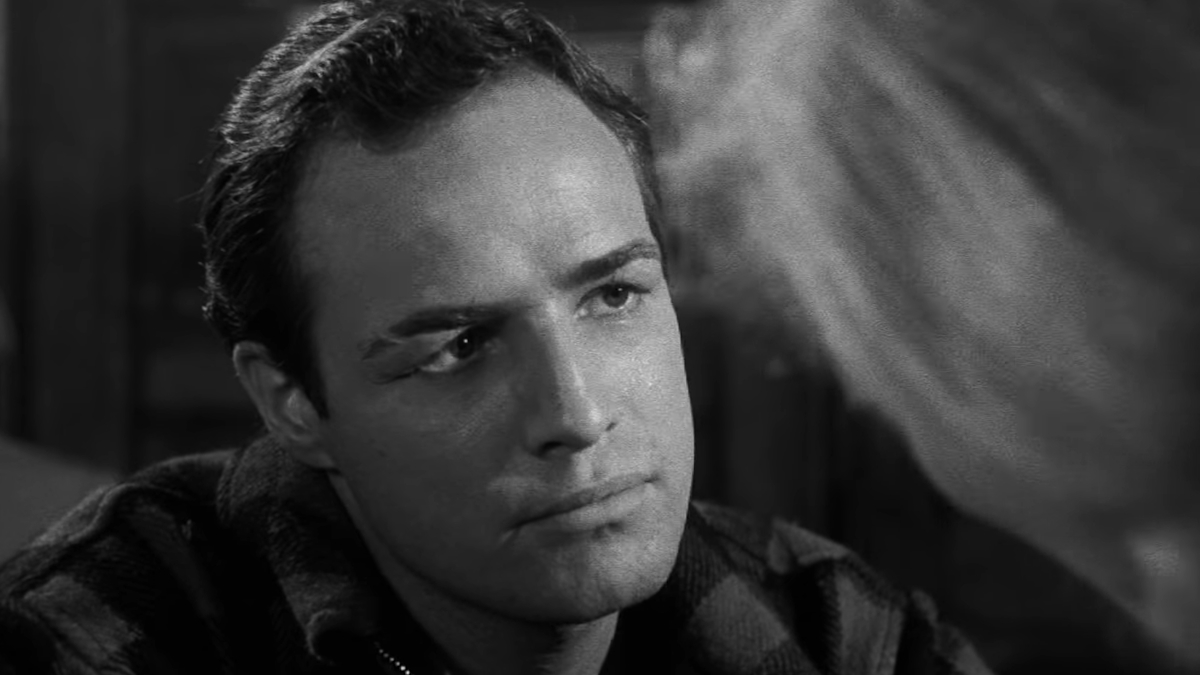
It’s considered one of the greatest movies for a reason, and so much of it is because of Marlon Brando as Terry Malloy. In Eliza Kazan’s On the Waterfront, a movie exploring crime and corruption on the Hoboken waterfronts (in an elaborate parallel to Communist political blacklisting), Brando’s Terry is an ex-prizefighter and longshoreman who is unwittingly lured into the murder of a coworker. Throughout the movie, Terry regrets his lot in life, believing his own potential has been wasted; he coulda been a “contendah,” as he puts it. Due in large part to an acting maestro in Brando, Terry is a timeless figure of regret, of coming to terms with where and who you are isn’t where and who you want to be.







